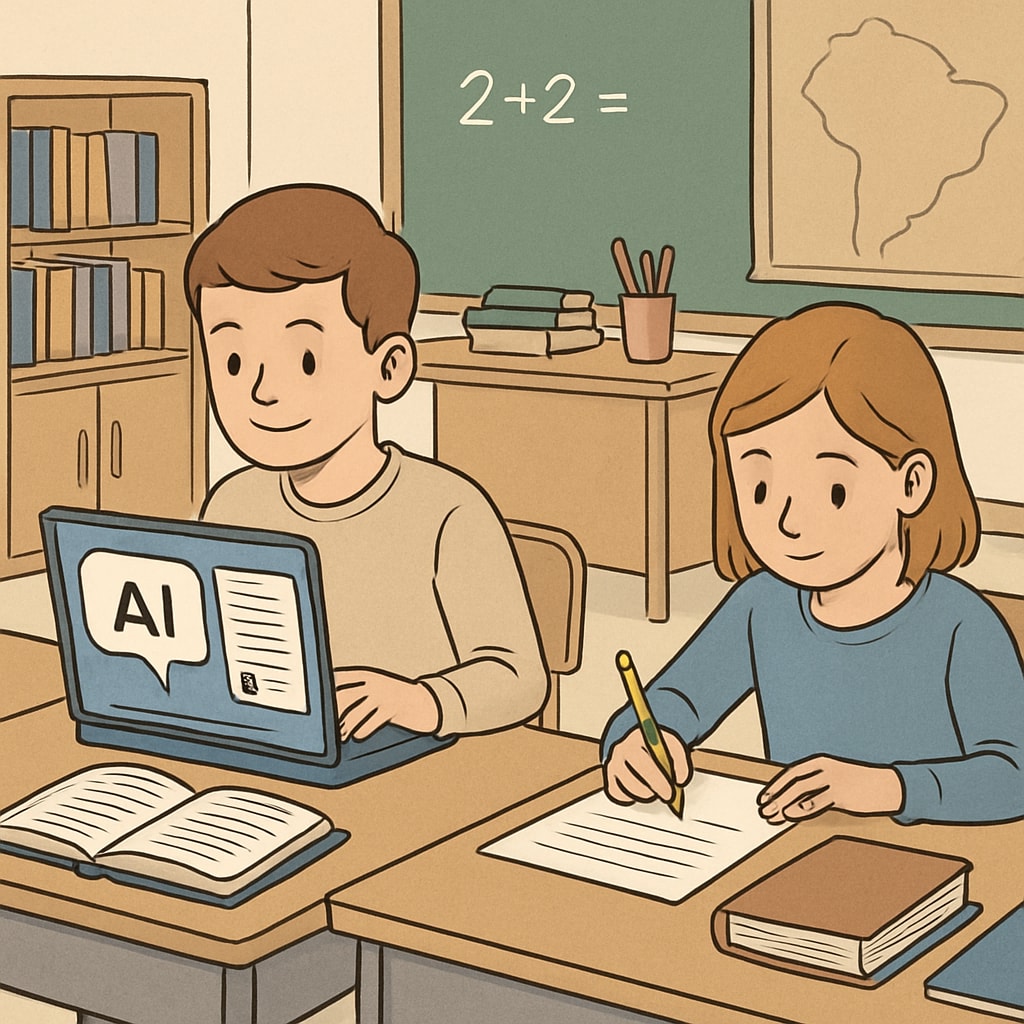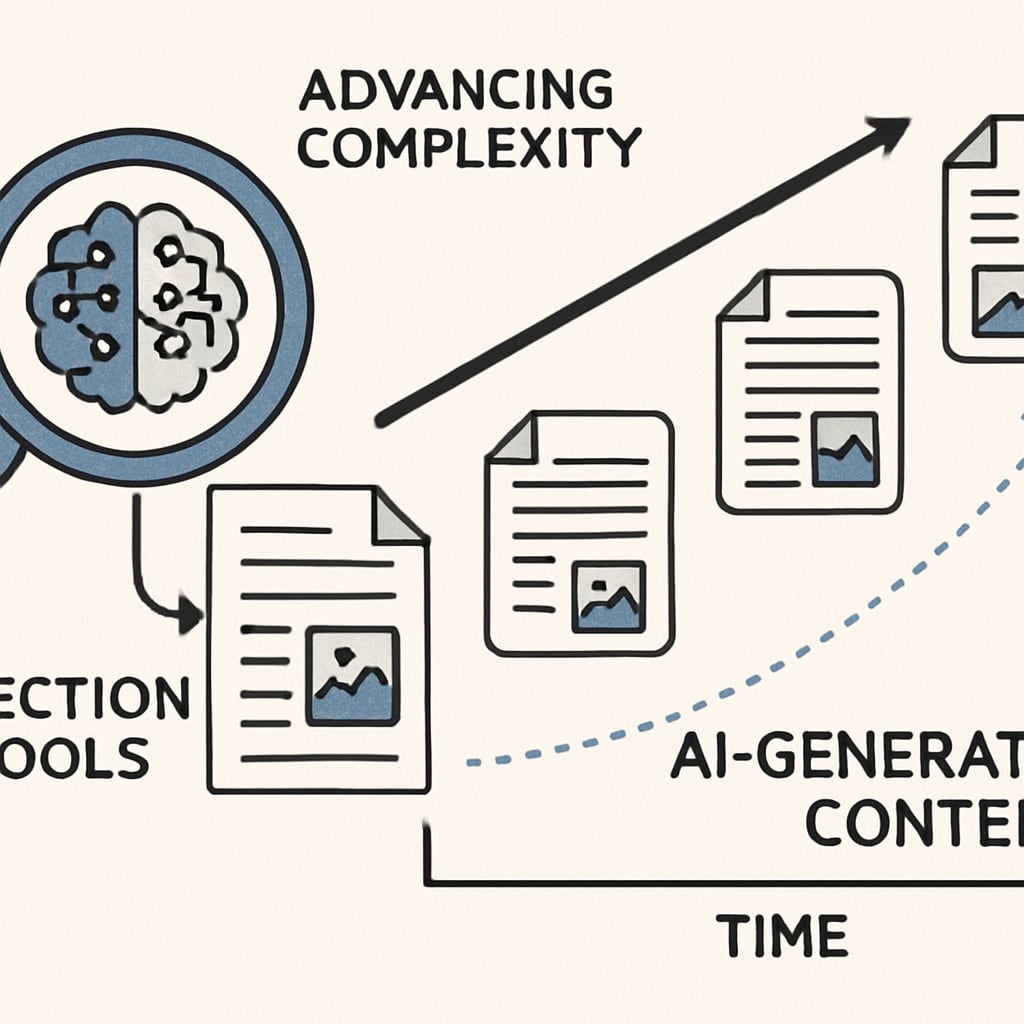The integration of AI tools into education has introduced both opportunities and challenges, especially in maintaining academic integrity. For K12 educators, AI tools like ChatGPT and automated essay generators have made it easier for students to complete assignments without fully engaging in the learning process. This raises critical questions about the role of technology in education and the effectiveness of detection tools in preserving the authenticity of learning. As AI becomes more prevalent, schools must find ways to balance innovation and ethical practices.
How AI Tools Impact Authentic Learning
AI tools are designed to streamline tasks and improve efficiency, but in the context of education, this convenience can undermine authentic learning experiences. For example, a student might use an AI-generated essay to complete a homework assignment, bypassing the critical thinking and research skills that the task is meant to develop. While AI tools can be valuable for brainstorming or providing feedback, over-reliance on these tools can result in a superficial understanding of the material.
Moreover, the use of AI in completing assignments can create an uneven playing field. Students with access to advanced AI tools may outperform their peers, not because they have a better grasp of the subject matter, but because they have better technological resources. This raises concerns about fairness and equity in education.

The Limitations of AI Detection Tools
To address the misuse of AI in education, many schools have turned to AI detection tools like Turnitin and GPTZero. These tools analyze text for patterns that suggest AI-generated content. However, these detection systems are far from perfect. AI-generated text is becoming increasingly sophisticated, making it harder to distinguish from human-written work. Additionally, false positives can penalize students unfairly, damaging trust between educators and learners.
Another limitation is that detection tools often lag behind the rapid advancements in AI technology. As a result, they may fail to identify new forms of AI-generated content. This arms race between AI developers and detection tools creates an ongoing challenge for educators and institutions.

Balancing Innovation and Academic Integrity
While the challenges are significant, there are practical steps that educators can take to balance the benefits of AI with the need for academic integrity:
- Redefine Assignments: Design assignments that require personal reflection, real-world application, or creative problem-solving, which are harder for AI to replicate.
- Educate Students: Teach students about the ethical implications of using AI tools and the importance of developing their own skills.
- Incorporate AI Responsibly: Encourage students to use AI as a supplementary tool for brainstorming or editing, rather than as a substitute for their own work.
- Use Multiple Assessment Methods: Combine written assignments with oral presentations, group projects, or in-class activities to assess understanding more comprehensively.
- Stay Informed: Keep up with advancements in AI and detection technologies to adapt teaching strategies accordingly.
By adopting these strategies, educators can create an environment that leverages the benefits of AI while maintaining the integrity of the learning process.
Conclusion: A Collaborative Approach to Ethical AI Use
The rise of AI in education presents a dual challenge: embracing technological innovation while safeguarding academic integrity. Detection tools alone cannot solve the problem; a collaborative approach involving educators, students, and policymakers is essential. By fostering a culture of ethical AI use and adapting teaching practices, K12 schools can navigate these challenges effectively. The goal should not be to eliminate AI from education but to integrate it in ways that enhance, rather than compromise, authentic learning experiences.
As AI continues to evolve, the conversation around its role in education will remain crucial. By addressing these challenges proactively, educators can ensure that technology serves as a tool for empowerment rather than a shortcut to academic success.


